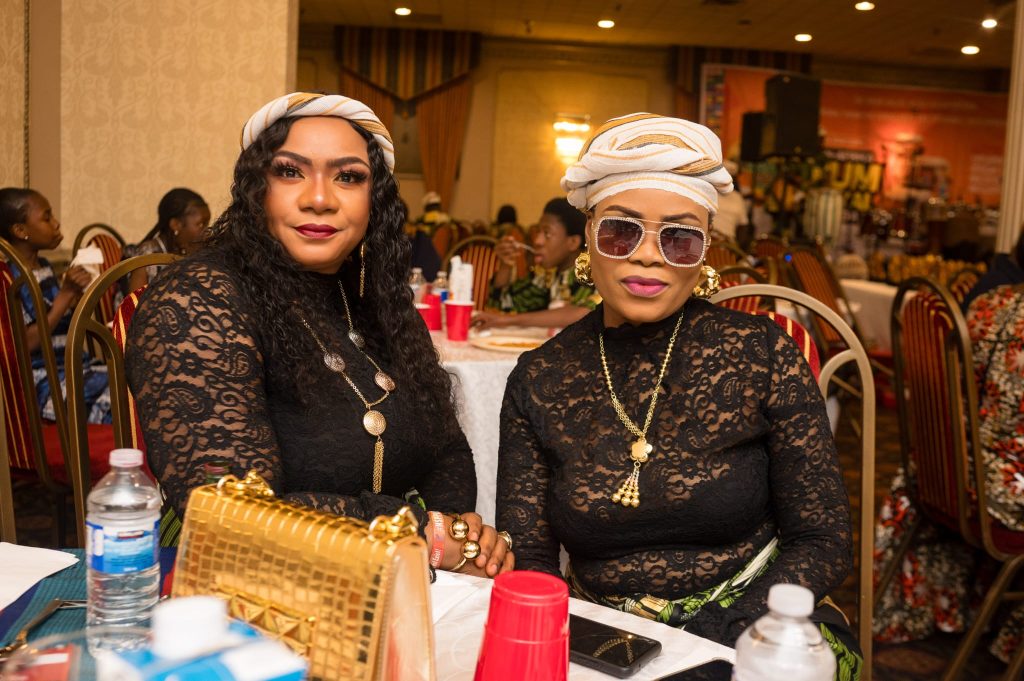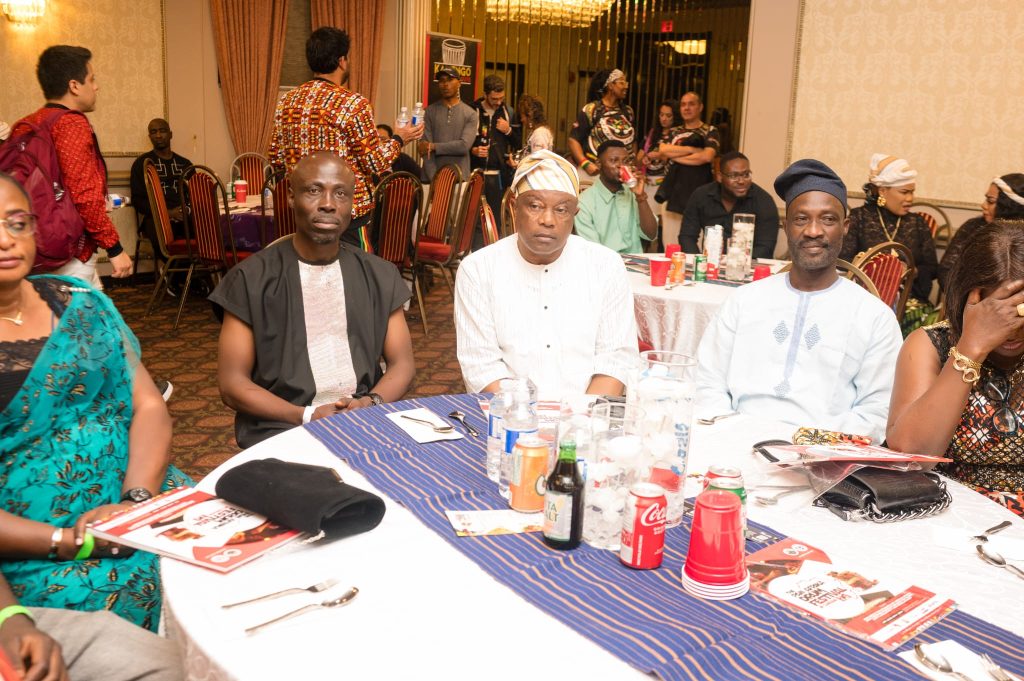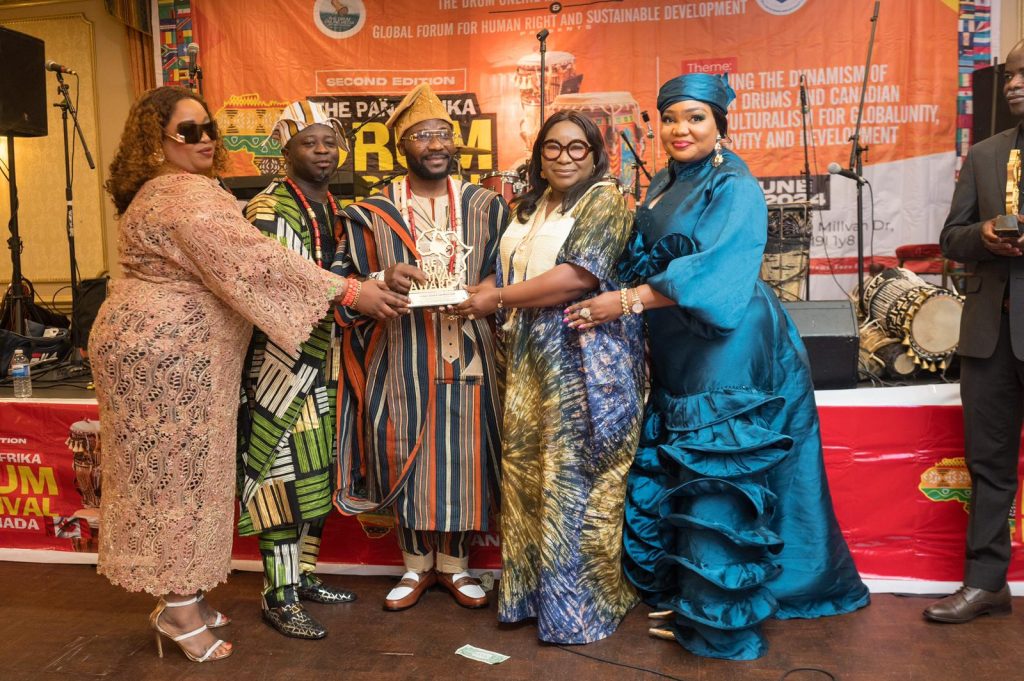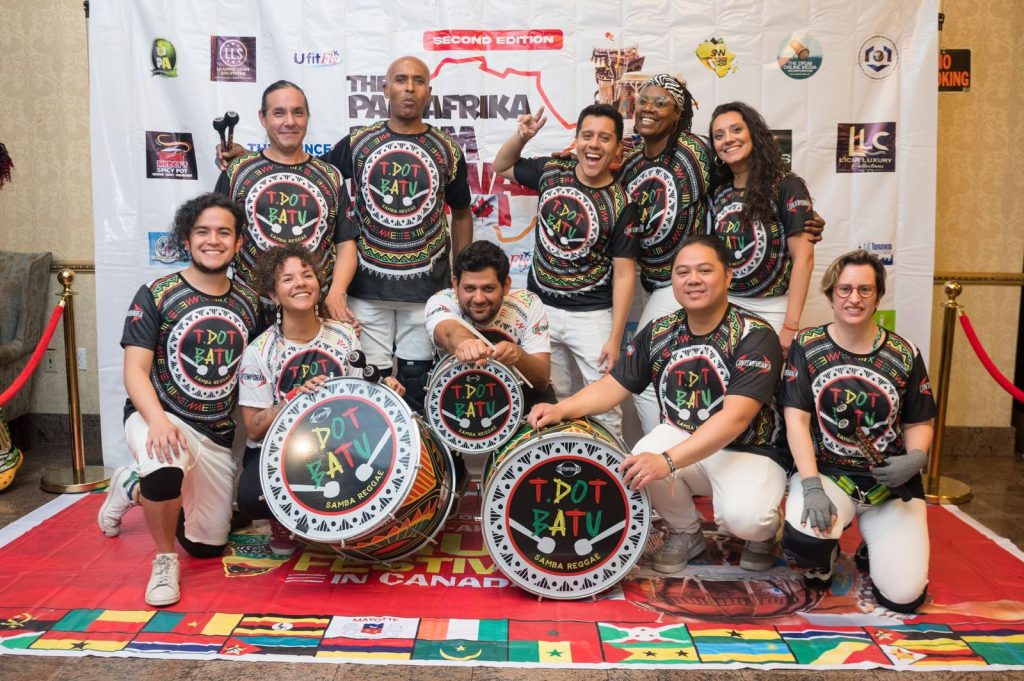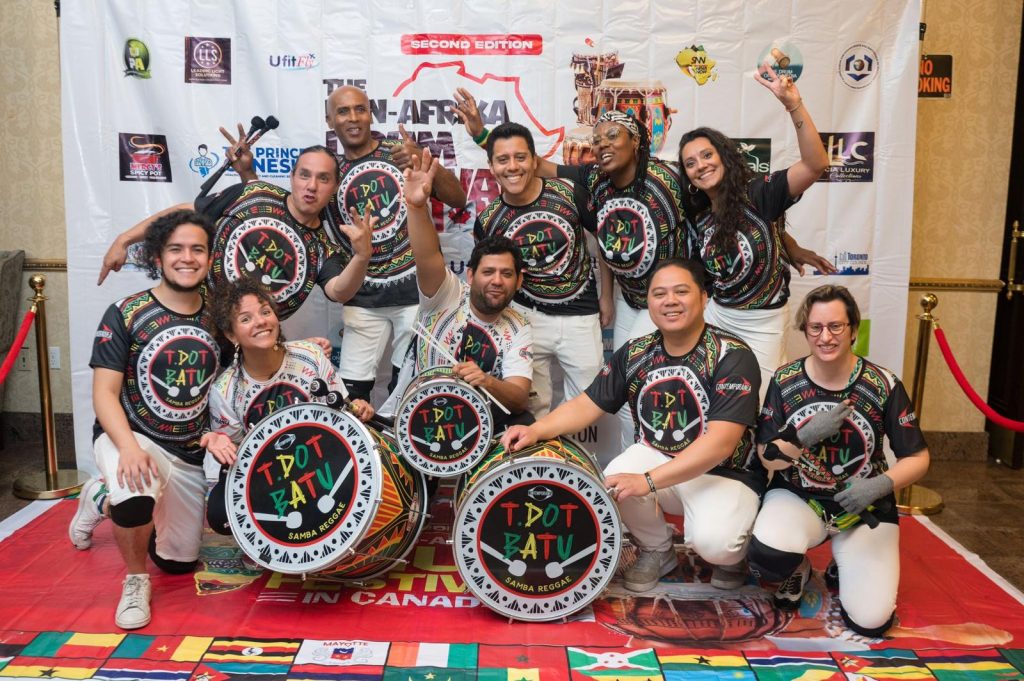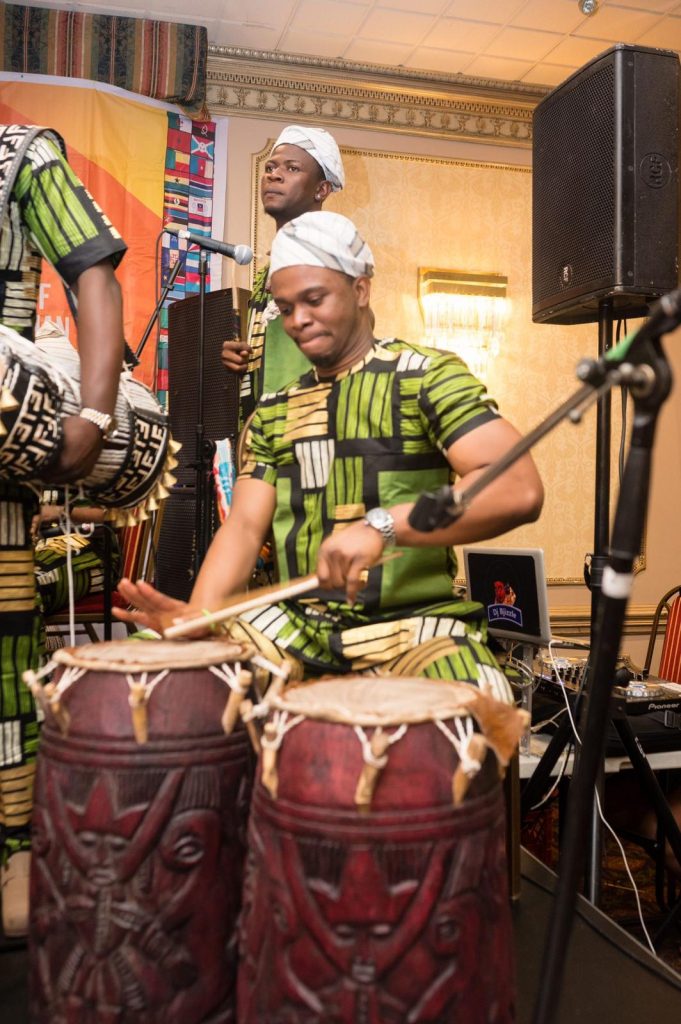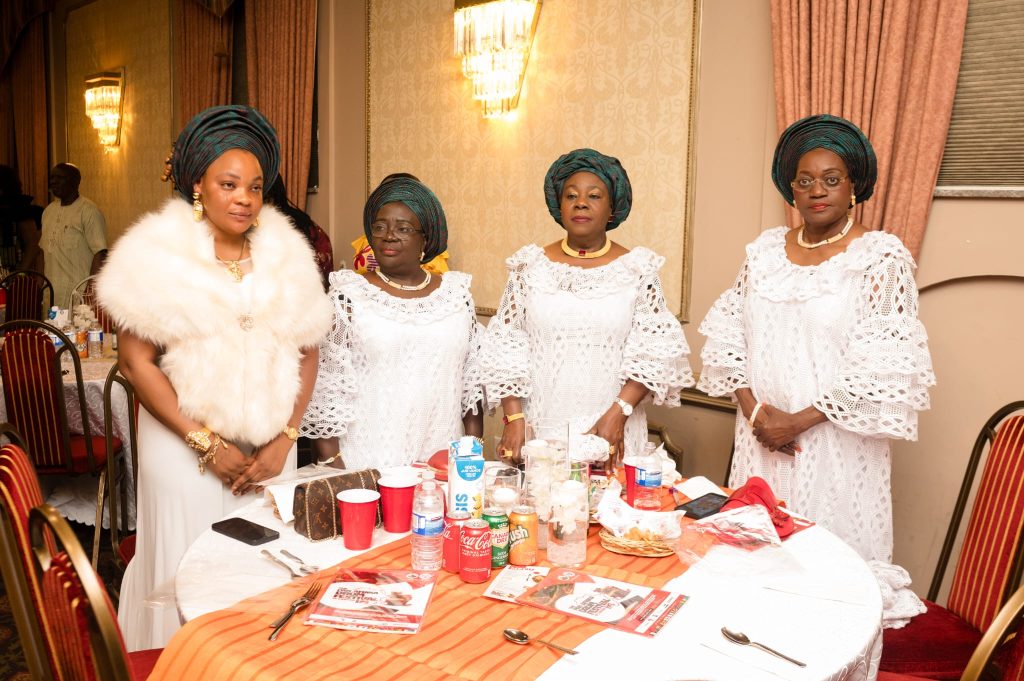
About Us
The Global Forum for Human Rights and Sustainable Development (GFHRSD) is an international community-based non-governmental outfit established to address core developmental challenges faced by Canadian citizens, especially the less-privileged members of Canadian society. It is duly registered with Corporations Canada. Its main thematic areas include poverty alleviation, human rights and democratic governance, cultural re-awakening, climate change, anti-corruption crusade, youth empowerment (via vocational and technical education) and gender equality
Background
Canada, a vastly multicultural and democratic hub, is the second largest country in the world in land mass (after Russia), occupying roughly the northern two-fifths of the North American continent. With its national capital at Ottawa, Canada occupies a strategic location, lying on great circle routes (the shortest line joining any two places on the globe) between the United States and Europe, and to a lesser degree, Asia. Though a sparsely populated country of 37, 424,000 people, Canada has emerged as one of the most prosperous economies in the globe, persistently unlocking a plethora of opportunities for its citizens and immigrants alike. Indeed, the growing exodus of immigrants from other European countries, Southeast Asia, Africa and
Latin America has made Canada even more broadly multicultural.
Although, Canada’s monetary policy, in terms of high purchasing power, saving and investment and low and stable inflationary rate, can be said to be encouragingly progressive, Canada is still beset by a legion of developmental challenges that require to be tackled head-on through concerted efforts and holistic mechanisms of sustainability. As observed and experienced elsewhere across the globe, Canada has, over the years, had to contend with the teething developmental bottlenecks of absolute poverty, gender and economic inequality (especially against women and the girl child), human rights abuses and violation (especially against the First Nation citizens), corruption in the government circle, youth restlessness (arising from occasional unemployment) and effects of global climate change.
As one of the G7 – the wealthiest countries in the world, the issue of poverty should be non existent in Canada. But the stark reality staring everyone in the face is that povert (especially relative poverty) does exist in Canada and affects some segments of the society who struggle to have life’s basic necessities in the midst of prosperity- this is rather paradoxical!
These groups include ethnic groups (recent immigrants), the Aboriginal population, the elderly, women, children and of course the working poor. Here, it is pertinent to define poverty as the economic status of individuals who lack a certain amount of material possessions or money to meet their daily needs of life.
According to the study of Basavarajappa and Verna (1988), ‘the higher proportion of newly arrived immigrants below the poverty line in Canada can be explained by the minority group hypothesis.” Their collective position has been corroborated in Reitz’s study (2005) which shows that ‘foreign-trained immigrants were better educated than native-born Canadians, yet they had a difficult time in finding work in areas they were trained in, and their incomes were falling further and further behind.’ This could be due to social exclusion, prejudice and outright discrimination.
In contrast to the recent immigrants, ethnic poverty and segregation affect the Aboriginal population (North American Indians, Metis and Inuit) in Canada more adversely. Indeed, Aboriginal peoples today face the challenges of higher fertility, mortality and low income. The raison d entre of poverty in Canada amongst Aboriginal population could be generally associated with Canada’s colonial history, the impact of dominant value, power, discrimination, stigma of poverty and social exclusion inter alia.
On the Human Rights front, Canada’s record on human rights abuses and violations manifests itself in forms of unlawful or arbitrary killings, violence against women and children (the Girl Child), unlawful arrest or detention, and crimes involving violence or threats targeting Black, Asian, Jewish and minority groups. Interestingly, Canada has put in place a number of human rights constitutional and legal frameworks to address issues arising from human rights abuses and violations.
For instance, the Canadian Charter of Rights and Freedoms has been part of Canada’s constitution since 1982. The Charter protects every Canadian’s right to be treated equally under the law. It guarantees broad equality rights and other fundamental rights such as the freedom of expression, assembly and religion. More importantly, the Charter protects the rights of all Canadians from violation by laws, policies, or action of government, including authorities such as the police. There is also the Canadian Human Rights Act of 1977, which protects individual citizens from discrimination. The Act states that all Canadians have the right to equality, equal opportunity and from treatment and an environment free of discrimination. Some of the grounds upon which human rights violation can be raised according to the Act include: race; national or ethnic origin; colour; sex; sexual orientation; religion; age; marital status; family status; disability; and a conviction for which a person has been granted or a record suspended
Global Forum for Human Rights and Sustainable Developmentproposes to leverage on these constitutional and legal human rights frameworks by creating awareness and assisting victims to get desired justice, especially women and children who suffered or suffer from rape and sexual assault/violence.Like elsewhere in Rwanda, Nigeria, Brazil, China, Portugal and Mexico, Canada is plagued by the phenomenon of climate change (or global warming) and its attendant devastating offshoots.
The influence of anthropogenic climate change on Canada is evident in observed trends and temperatures simulated by global climate models. These changes are already impacting human and natural systems. On average, Canada has warmed by more than 1.30 C since 1948 – a rate of warming that is about twice the global average. During this period, the greatest temperature increases have been observed in the Yukon and Northwest Territories. All regions of Canada have experienced warming during more recent years, including the eastern Arctic.
No doubt, Canada’s climate is fast changing, coupled with accompanying consequences of higher temperatures, shifting rainfall patterns, extreme weather conditions and rising sea levels – all of this severely affecting Canadians’ lives and environment. The fact that changes in climate will persist in the years to come has necessitated the imperativeness for Canada’s federal, provincial and local governments, as well as civil society groups to rub minds together and fashion out holistic measures that will ultimately help cushion the effects of climate change in Canada and possibly its neighbours. One of such mechanism is what is known as the climate change adaptation. Climate change adaptation refers to any activity that reduces the negative impacts of climate change, or helps people cope with them, or one that takes advantage of new opportunities that result from climate change. It is instructive to note that while mitigation activities reduce the rate and magnitude of climate change, adaptation addresses impacts from climate change that cannot be avoided. Essentially, adaptation involves making adjustment in human decision, activities and thinking because of changes in climate.
The issue of gender equality or women’s inequality has elicited more attention today than ever. Women in Canada have been affected by the country’s social programs then men. The current transformation in the philosophy underlying Canada’s and, more specifically, Ontario’s social programs, has grave implications for the financial security of women. For instance, recent changes to Canadian social welfare policy (e.g. cutbacks in social spending) have potential negative impacts on the economic well-being of Canadians, especially women. The poorest women, who are most likely to be single mothers, Aboriginal, women of colour, women with disability and seniors (aged), are the most harmed by such policy.
While the poverty rate undergoes cyclical fluctuations, the poverty rate for women is always higher than the rate for men. Even when women’s poverty rate is at its lowest, one woman in eight is living below the poverty line in one of the wealthiest countries in the world. Available statistics on gender inequality in Canada depicts the followings: Single mothers remain the poorest family type in Canada, with a poverty rate of 38.1% compared to 11.9% for single fathers; unattached senior women re also potentially vulnerable to poverty with 37.2% falling below the poverty line compared to 28.9% of unattached men; of all senior women, 16.6% are poor compared to just 8.3% of senior men; the poverty rate of Aboriginal women is 36%; 29% of women of colour are poor; African-Canadian women are the poorest racialized group in Canada, with poverty rate of 57%; 29% of women with disabilities fall below the poverty line; and the overall poverty rate for foreign-born women is 23%, rising to 35% for those who arrived between 1991 and 2000.
The fact that women are economically unequal to men, and more likely to be poor, is not a coincidence. It is rather the result of women’s work not being properly valued, of women being penalized because they are the principal care-givers for children, old people, and those who are ill or disabled, and of systemic discrimination in the workforce which devalues the work of women and marginalizes women works who are Aboriginal, of colour, immigrants or disabled.Like youths in Afghanistan, Argentina, Nigeria, Kenya and war-torn Ukraine, Canadian youths are also faced with the challenge of unemployment occasioned by global economic recessions and other environmental triggers.. Currently, youth unemployment rates are slightly over the adult rate, with the unemployment rate of male teenagers at 21.5% being over three times the adult rate of 7%. Albeit, they constitute only about 16% of the Canadian population, and the labour force, Youths constitute almost one-third (29%) of the unemployed.
The foregoing identified development issues, which constitute some cardinal parts of the United Nations seventeen (17) Sustainable Development Goals (SDGs), will form the critical thematic areas or development issues that Global Forum for Human Rights and SustainableDevelopment(GFHRSD) will be focusing on as a civil society outfit by channeling human and material resources in order to engender desirable outcomes for its target groups and for further progress and development of Canada as a country.
Mission and Vision
GFHRSD’s mission is to be among the leading civil society organizations in Canada and the world at large, leveraging on core developmental issues. GFHRSD’s vision is to be a pro-active player in the process of nation-building through identification of development challenges and providing appropriate panacea to them.
Overall Goal
The main corporate goal of GFHRSD is to lessen poverty and gender inequality through strategic community-based programs and empowerment initiatives.
Core Objectives
GFHRSD is established to attain the following objectives:❖ To rescue affected Canada’s citizens from the yokes of poverty and gender inequality;
❖ To educate targeted individuals and groups on human rights, climate change, and democracy and good governance;
❖ To provide support to the less-privilege (especially the girl child) in the areas of formal education and vocational/technical education;
❖ To partner with other NGOs that focus on youth education, climate change and poverty alleviation and human rights protection and promotion in Canada.
Programmes and Activities
GFHRSD proposes to achieve its objectives through the painstaking initiation and implementation of the following programmes and activities:
❖ Organize Periodic Seminars Or Conferences– Periodic conferences or seminars on the issues of human rights, democratic governance, climate change, gender equality and youth unemployment will be organized by GFHRSD. Identified youth from secondary schools and higher institutions as well as community gate-keepers will be invited as participants and beneficiaries of such community development initiative. (Details available in GFHRSD’s strategic document);
❖ Conduct Vocational/Technical Training– Identified unemployed youth within a particularly geographical location will be invited to acquire basic vocational skills and mentorship in tailoring, welding, barbing, hairdressing, soap-making, shoe-making etc (Details available in GFHRSD’s strategic document).
❖ Research And Needs Assessment– Qualitative research on GFHRSD’s thematic areas such as human rights, and democracy, climate change, gender inequality, youth unemployment/ empowerment and vocational/technical skill acquisition will be conducted as the need arises. Findings of such research exercise and other relevant news items will be published in GFHRSD’s NEWSLETTER –to be published bi-annually;
❖ Conduct Inter-School Debate Competition– As part of effort to complement Canada’s government effort on educational system and address the worrisome issues of racial discrimination and economic inequality, intellectual competitions such as Spelling-Bee, Debate and Essay-Writing Competition, will be organized for both primary and secondary schools’ pupils and students in specific provinces across Canada.
❖ Synergy With Other Civil Society Organizations– GFHRSD will, occasionally, partner with other non-governmental organizations that focus on or work on the same or similar thematic areas that GFHRSD is committed to carving a niche on.
❖ GFHRSD Human Rights Club– A subsidiary unit of GFHRSD Human Rights Club shall be floated to serve as a vanguard for the promotion and protection of all its members. Registration forms will be made available for interested Canadians, particularly youth in secondary schools and tertiary institutions, to be members of the club at a reasonable and affordable cost. The club will have a News Letter to be published biannually. All activities of the Forum and the club will feature prominently in the News Letter. Every member of the Club shall have an Identity Card (I.D.) which can be presented as a cover when and if approached by law enforcement agents in any part of the country and even beyond Canadian shores.
Here are some of the past events in Nigeria
Poverty Alleviation Initiative for Youth and Women in Selected Communities in Alimosho Local Government Area.
June–July, 2018.
Annual strategic and awareness campaign on cancer and diabetes among youth and senior citizens.
Sensitization and Public Enlightenment on Global Warming and its Effects on People. A 2-day seminar was held in Surulere and Mushin Local Government Areas, Lagos, in March 2021, 2022, and 2023.
The Girl Child Project – a school-based initiative held in selected schools in Lagos, Edo State, and the Federal Capital Territory of Nigeria annually.
Active Participation in Various UN’s International Days. Especially on environment, education, good governance, and human rights in Nigeria, West Africa, and Canada.
Target Group
GFHRSD’s target group includes:
❖ Youth (Unemployed Graduates – from 15-35 years old)
❖ Children (especially The Girl-Child – from 6-14 years old)
❖ Less-privileged Adults
❖ Women ( seniors, widows and single mothers)
❖ Others: Partners in the civil society sector
Organizational Structure
For effective delivery of its mission, vision, and core activities, GFHRSD will put in place a competent, knowledge-driven, and technology-savvy administrative and support structure. Its organizational structure shall include:
❖ Board of Trustees: – 3-4
❖ Executive Director -1
❖ Programme Officer – 2
❖ Office Assistant – 1
❖ Driver – 1
GFHRSD Current Board
❖ Prince Segun Akanni, Executive Director.
❖ Mr. Omoniyi Farinde
❖ Mr. Elisha Ayantokun
The board of directors in Nigeria is composed of:
Mrs. Keshiro Morenikeji Kausarat.
Secretary.
Nigeria/United Kingdom
His Royal Majesty,
Oba Oyelude Hamed Adekunle (CON).
Olowu Of Kuta,
Osun State.
Prof. Adeogun Femi,
Lagos State University,
Ojo. Lagos State.
Nigeria
Prof. Subair Omotayo, Obafemi Awolowo University, Ile-Ife Osun State, Nigeria.
Elder Olajide Rufus Akanni, Lagos State.
Management Staff:
Afis Ademola Adekoya, Program Manager
Sources of Funding
GFHRSD’s programmes and activities will be primarily funded by grants obtained from both bilateral and multilateral donor agencies. Specifically, funds for the seamless implementation of the organization’s thematic projects, programs and other developmental activities are expected from the following:
- Bilateral Donor agencies; Multilateral Donor Agencies;
- Government Subventions/Grants;
- Revenues and proceeds from the sales of GFHRSD’s NEWSLETTER;
- Proceeds from GFHRSD’s Human Rights Club Membership Identity Card.
CONTACT
GFHRSD is duly registered with Corporations Canada AND in Nigeria by the Corporate Affairs Commission (CAC).
Address: 38 Agricola Road, Brampton, Ontario, L7A0V6, Canada.








